ChatGPT:
The Moon’s “near side” is the hemisphere that always faces Earth. It is constantly visible from our planet because the Moon is tidally locked, meaning it rotates on its axis at the same rate that it orbits Earth. This synchronization keeps the same side facing us at all times.
The Moon’s “far side” is the hemisphere that is always turned away from Earth. It wasn’t seen by humans until spacecraft images were taken, starting with the Soviet Luna 3 mission in 1959. The far side is often inaccurately called the “dark side,” but both sides of the Moon experience day and night cycles.
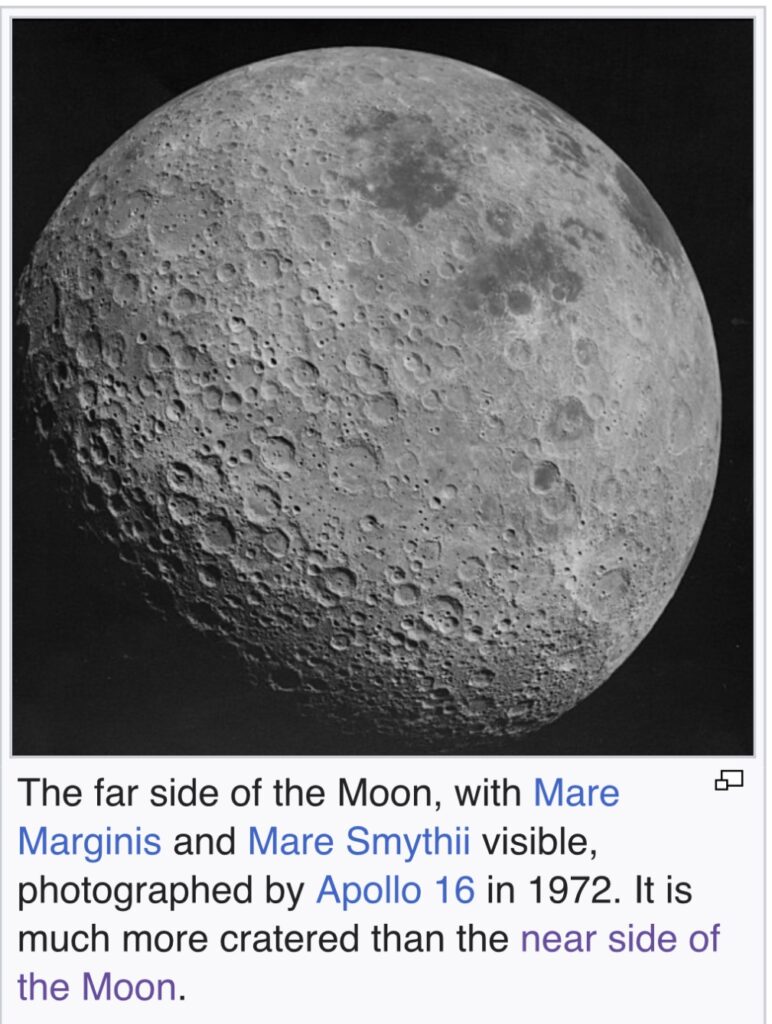
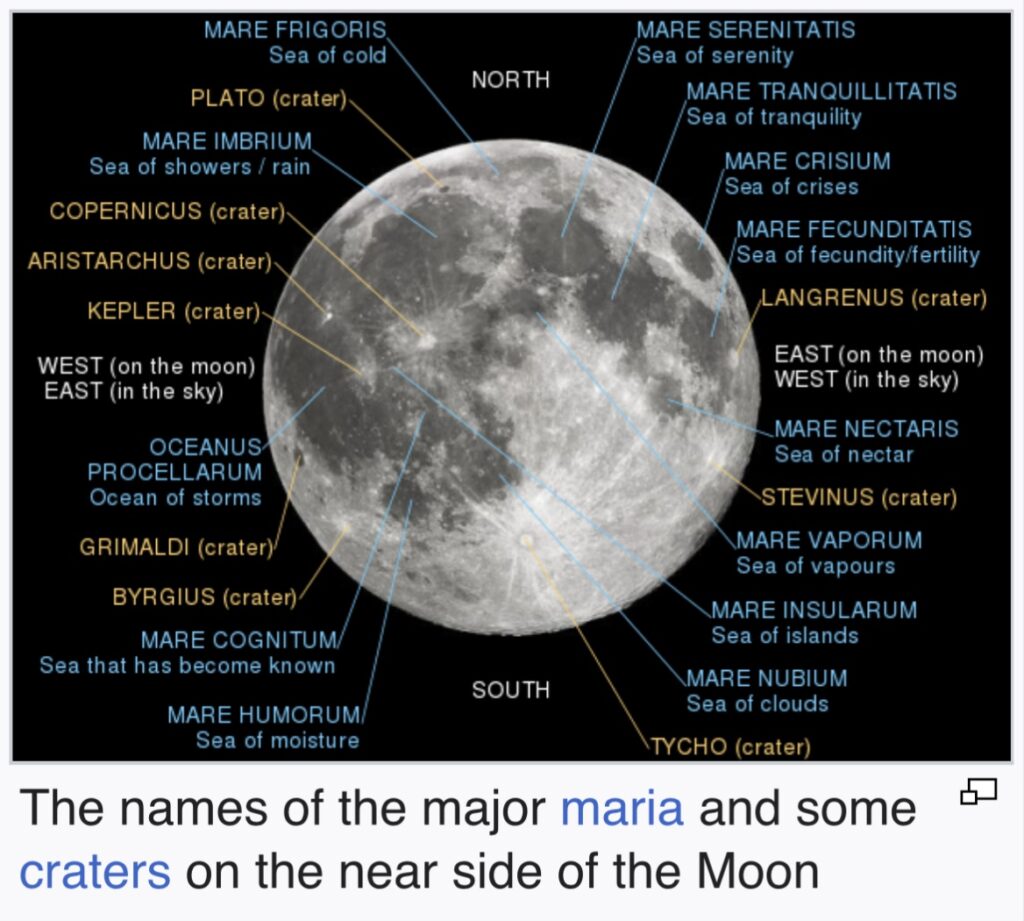
Tidal locking is a phenomenon where an astronomical body’s orbital period matches its rotational period, causing it to always show the same face to the object it orbits. This occurs due to gravitational forces creating tidal bulges, which over time slow down the body’s rotation until it synchronizes with its orbit.
For example, the Moon is tidally locked to Earth, meaning it takes the same amount of time to complete one rotation on its axis as it does to orbit Earth. As a result, the same side of the Moon always faces Earth, while the opposite side (the far side) remains out of view. This effect is common in many moons of other planets in our solar system.
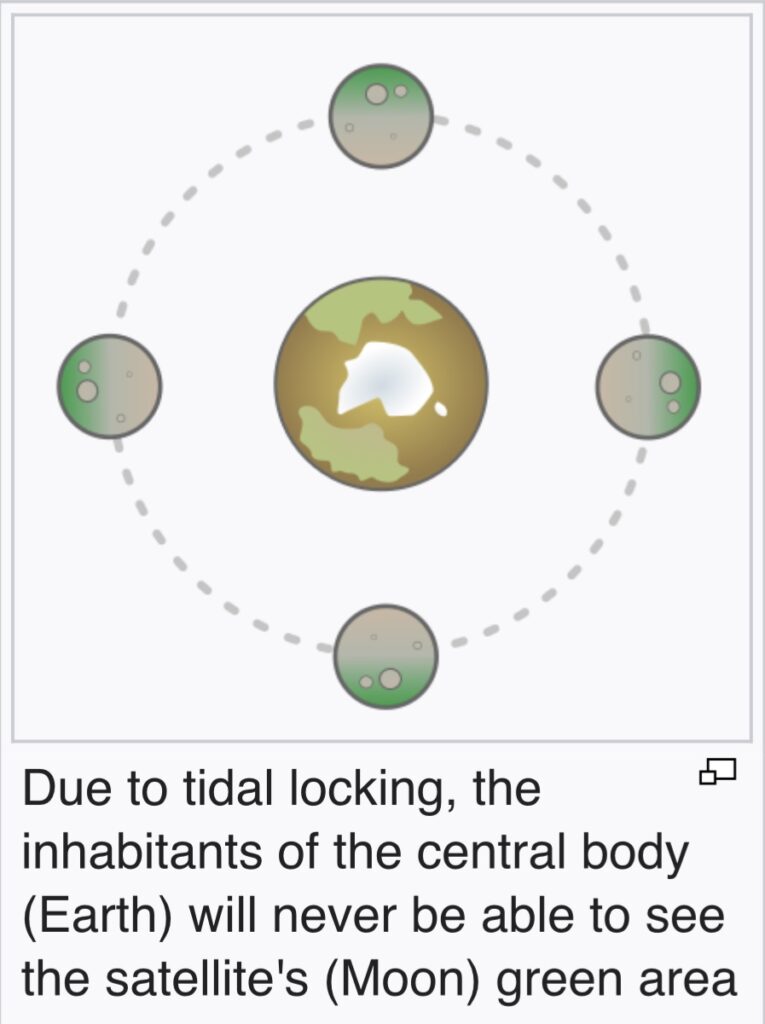
There are notable geological and other differences between the near side and the far side of the Moon:
Surface Features:
Near Side: The near side has large, dark plains called “maria” (Latin for seas), which are vast basaltic plains formed by ancient volcanic eruptions. These maria cover about 31% of the near side.
Far Side: The far side has a much thicker crust, resulting in fewer maria and more craters. The far side is dominated by rugged highlands and craters, with maria covering only about 1% of its surface.
Crust Thickness:
The crust on the far side of the Moon is significantly thicker than the crust on the near side. This asymmetry likely resulted from tidal forces early in the Moon’s history, which affected its internal distribution of heat and materials.
Geological Composition:
The near side’s maria are rich in iron and titanium due to volcanic activity, whereas the far side’s highlands are composed of older, anorthositic rocks with less volcanic material.
Impact Craters:
The far side has more impact craters than the near side, partly due to its thicker crust making it less prone to volcanic resurfacing that would cover older craters.
Radio Astronomy:
The far side of the Moon is shielded from the radio noise from Earth, making it an ideal location for radio astronomy observatories, as it provides a quieter environment for detecting faint cosmic signals.
Exploration:
Human and robotic exploration has been more focused on the near side due to its visibility from Earth. However, missions like China’s Chang’e 4 have started to explore the far side, providing new insights into its unique characteristics.
These differences highlight the complex geological history of the Moon and the distinct processes that have shaped its two hemispheres.
There are notable geological and other differences between the near side and the far side of the Moon:
Surface Features:
Near Side: The near side has large, dark plains called “maria” (Latin for seas), which are vast basaltic plains formed by ancient volcanic eruptions. These maria cover about 31% of the near side.
Far Side: The far side has a much thicker crust, resulting in fewer maria and more craters. The far side is dominated by rugged highlands and craters, with maria covering only about 1% of its surface.
Crust Thickness:
The crust on the far side of the Moon is significantly thicker than the crust on the near side. This asymmetry likely resulted from tidal forces early in the Moon’s history, which affected its internal distribution of heat and materials.
Geological Composition:
The near side’s maria are rich in iron and titanium due to volcanic activity, whereas the far side’s highlands are composed of older, anorthositic rocks with less volcanic material.
Impact Craters:
The far side has more impact craters than the near side, partly due to its thicker crust making it less prone to volcanic resurfacing that would cover older craters.
Radio Astronomy:
The far side of the Moon is shielded from the radio noise from Earth, making it an ideal location for radio astronomy observatories, as it provides a quieter environment for detecting faint cosmic signals.
Exploration:
Human and robotic exploration has been more focused on the near side due to its visibility from Earth. However, missions like China’s Chang’e 4 have started to explore the far side, providing new insights into its unique characteristics.
These differences highlight the complex geological history of the Moon and the distinct processes that have shaped its two hemispheres.
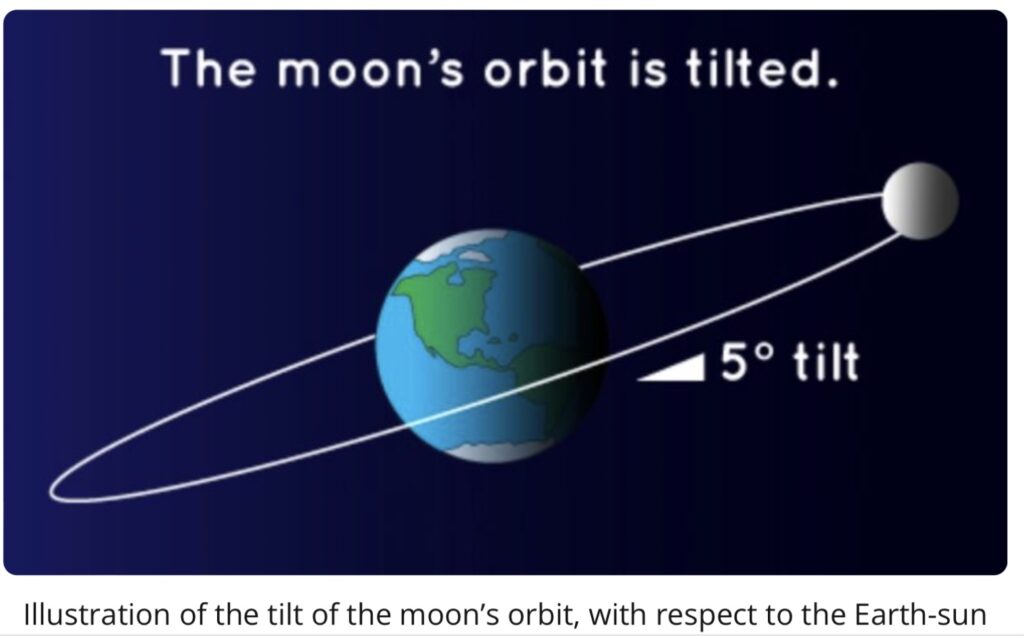
The Chang’e 6 mission, which recently returned with soil samples from the far side of the Moon, holds significant scientific importance:
- First Samples from the Far Side:
- This is the first time that soil samples have been collected from the Moon’s far side, providing a unique opportunity to study a previously unexplored region.
- Comparative Analysis:
- By comparing the far side samples with those from the near side (collected by previous missions), scientists can better understand the geological differences between the two hemispheres. This includes variations in composition, age, and history of volcanic and impact processes.
- Lunar History:
- The samples can offer insights into the Moon’s formation and evolution. Differences in the far side’s crust and mantle composition can shed light on the early thermal and geological history of the Moon.
- Impact Cratering:
- Analyzing the far side’s soil can help scientists understand the history and frequency of impacts on the Moon. The far side, being more heavily cratered, provides a more complete record of lunar impacts.
- Planetary Processes:
- Studying the far side samples can contribute to our understanding of planetary processes that are not only relevant to the Moon but also to other rocky bodies in the solar system, including Earth.
- Potential Resources:
- The samples may reveal information about potential resources on the Moon, such as rare minerals and isotopes, which could be crucial for future lunar exploration and possible colonization efforts.
- Technological Achievement:
- Successfully landing on and returning samples from the far side of the Moon is a remarkable technological achievement. It demonstrates and advances our capability for remote space exploration and sample return missions.
Overall, the Chang’e 6 mission represents a significant step forward in lunar science, opening new avenues for research and enhancing our understanding of the Moon and the broader solar system.
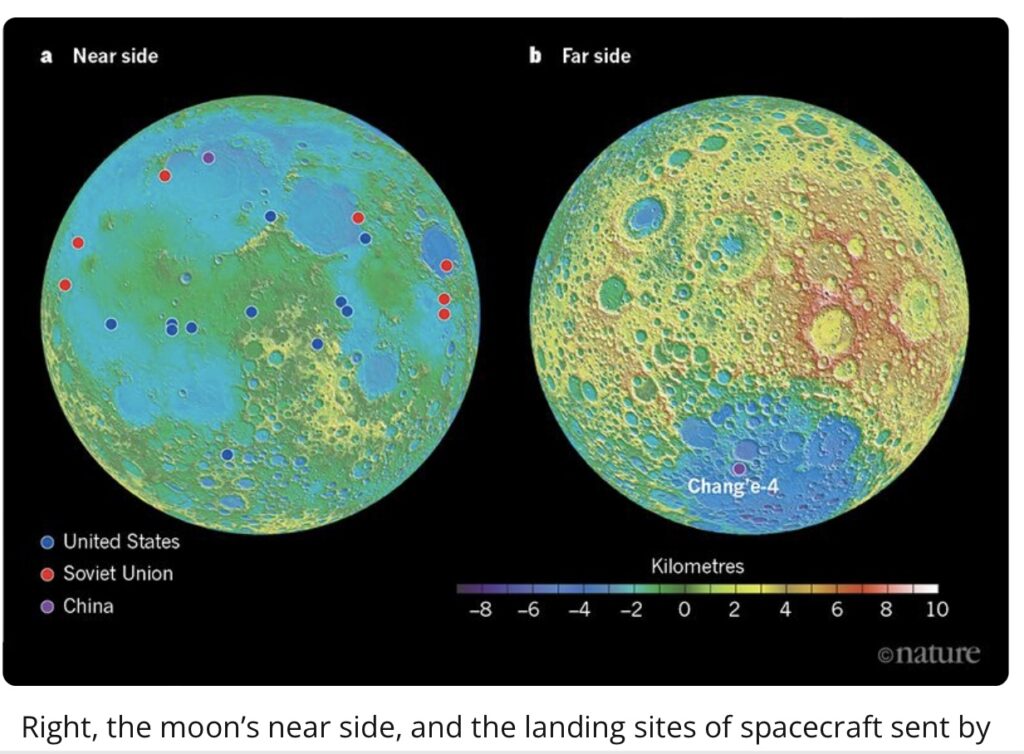
To overcome the communication challenge with landers on the lunar far side, China used a relay satellite. Here are the steps they took:
Queqiao Relay Satellite:
China launched the Queqiao relay satellite in May 2018 specifically for this purpose. It is positioned in a halo orbit around the Earth-Moon Lagrange point L2, which is about 65,000 kilometers beyond the Moon.
Halo Orbit:
The L2 point allows Queqiao to maintain a stable position with a constant line of sight to both the far side of the Moon and Earth, ensuring continuous communication.
Data Relay:
The Chang’e 4 lander (and future missions like Chang’e 6) on the far side of the Moon communicates with the Queqiao satellite, which then relays the data back to Earth. This setup allows for real-time data transmission and command sending.
Redundancy and Reliability:
The relay satellite system is designed with redundancy to ensure reliable communication even in the harsh conditions of space.
This relay system is a critical component of missions to the Moon’s far side, enabling continuous communication and successful mission operations.
To overcome the communication challenge with landers on the lunar far side, China used a relay satellite. Here are the steps they took:
Queqiao Relay Satellite:
China launched the Queqiao relay satellite in May 2018 specifically for this purpose. It is positioned in a halo orbit around the Earth-Moon Lagrange point L2, which is about 65,000 kilometers beyond the Moon.
Halo Orbit:
The L2 point allows Queqiao to maintain a stable position with a constant line of sight to both the far side of the Moon and Earth, ensuring continuous communication.
Data Relay:
The Chang’e 4 lander (and future missions like Chang’e 6) on the far side of the Moon communicates with the Queqiao satellite, which then relays the data back to Earth. This setup allows for real-time data transmission and command sending.
Redundancy and Reliability:
The relay satellite system is designed with redundancy to ensure reliable communication even in the harsh conditions of space.
This relay system is a critical component of missions to the Moon’s far side, enabling continuous communication and successful mission operations.
